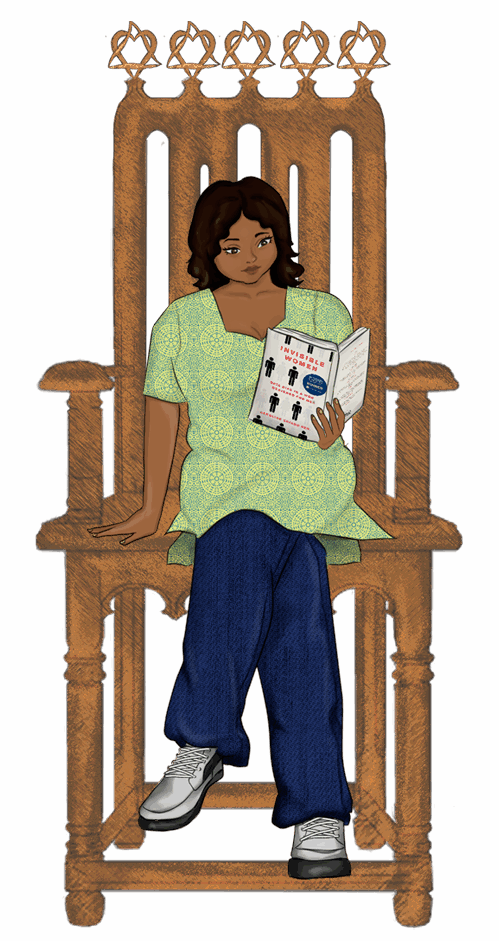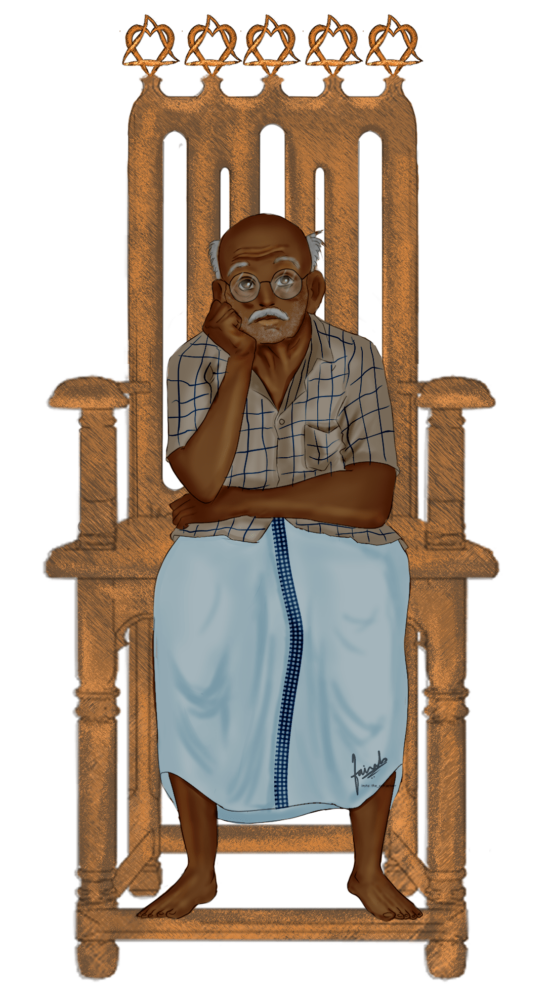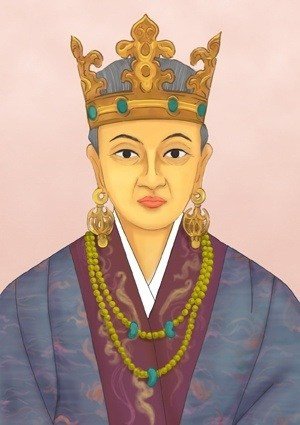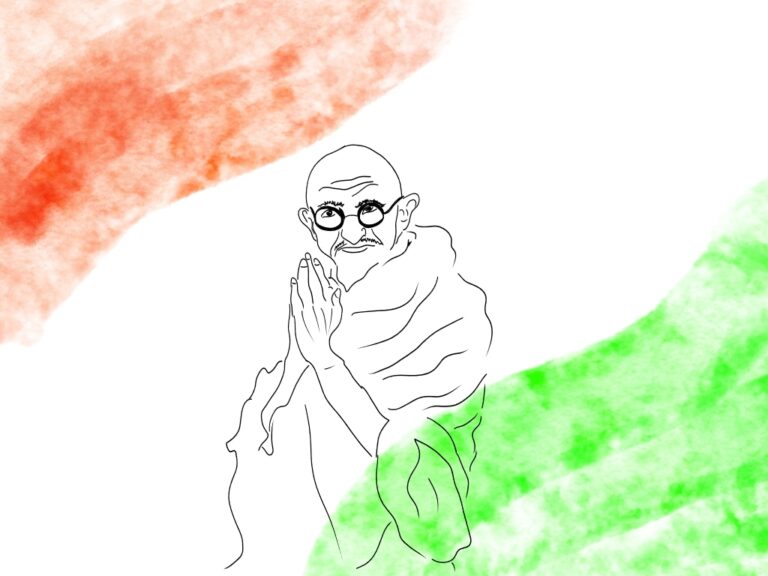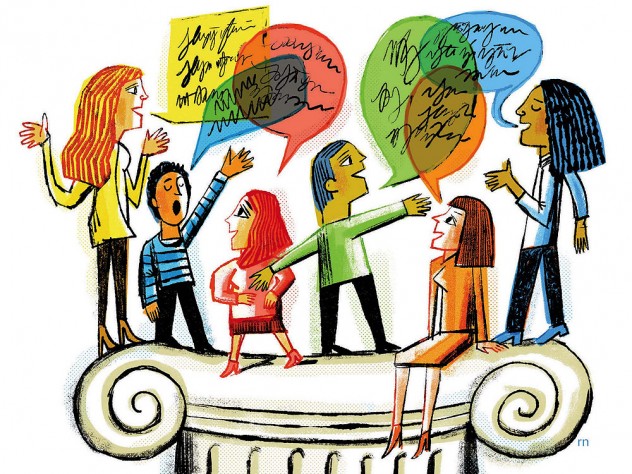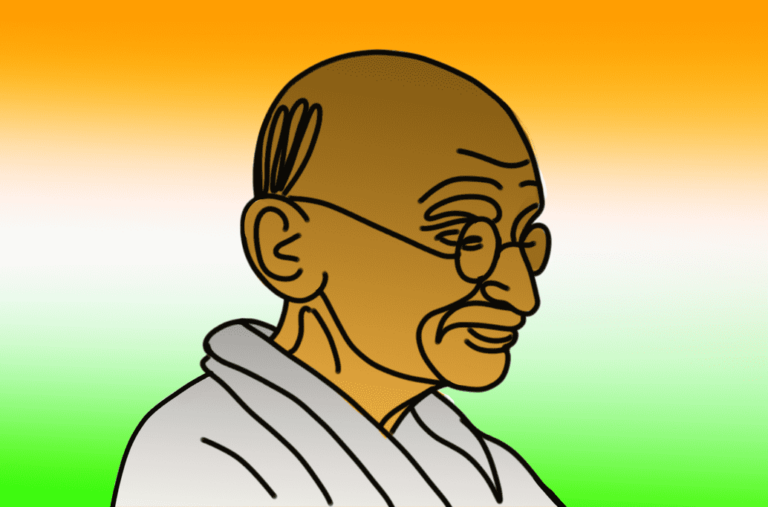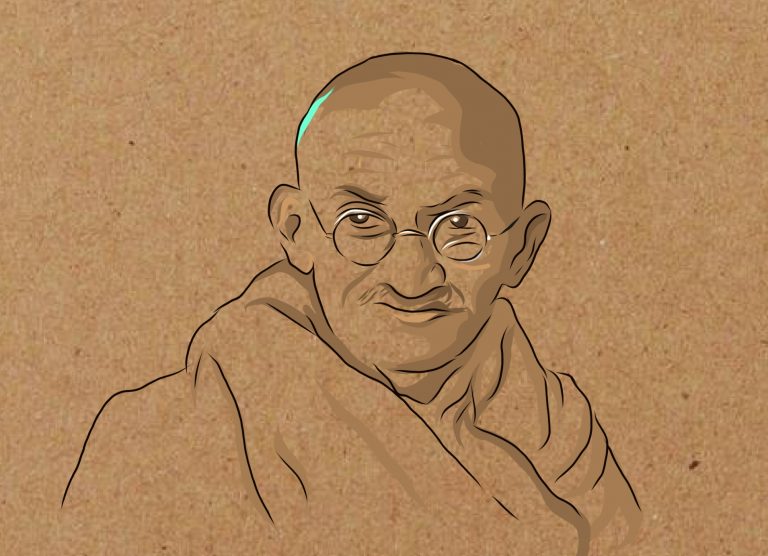Tamil Nadu and Korea: An untold tale of princess Sembavalam
Can you believe that incredibly, six million Koreans or almost 10% of the Korean population trace their ancestry to an Indian Princess who is said to have travelled to Korea in search of her groom? Yes, it is true.
